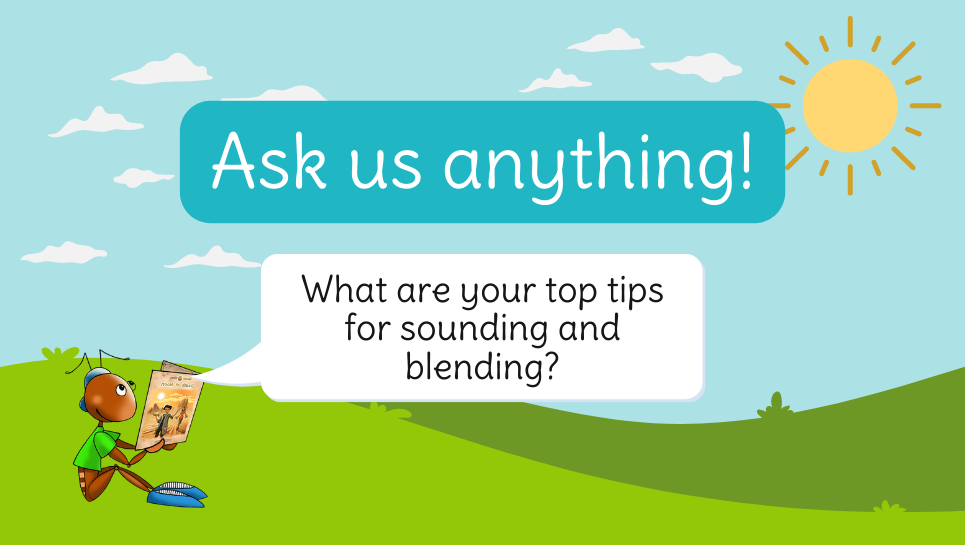There is a difference between ‘sounding out’ and ‘blending’. Sounding out a word entails recognising the letter/sound correspondences, e.g. seeing the letters “p” and being able to say the sound /p/. Children will need to remember the letter shape and distinguish it from similar looking letters, e.g., p/q; b/d/; m/w/; f/t etc. They also need to be able to remember the letter/sound correspondence and to articulate the sound for that letter. To read more about what sounding out entails, check out our blog post.
Blending is the next step in reading a word. It is the process of holding onto the sounds in our heads and pushing the sounds together into a recognisable word: /p/ /o/ /t/ >>>> ‘pot’ (a vessel used for cooking). While sounding out depends on recognising the letter and attaching a sound to it, blending is a much more complex process that many children struggle with. We have all taught children who sound out the letters but struggle to blend them into a word.
Blending takes place in our working memory (this is where we process information). It is very limited in space and fleeting. Therefore, it is vital for children to have an automatic recall of letter/sound correspondences. Then working memory can focus on holding onto the sounds and blending them together into a word. There are three different approaches to helping children with blending. Some are more taxing on working memory than others. Find out more in our blog post on how to teach blending!


